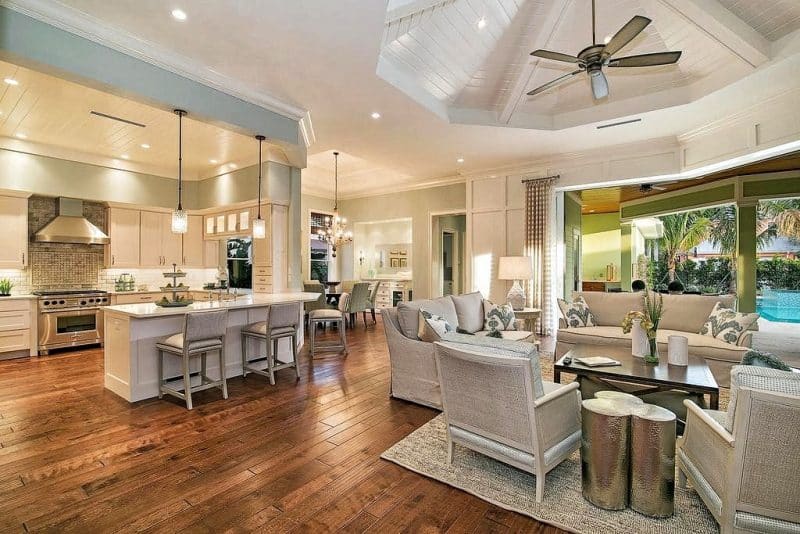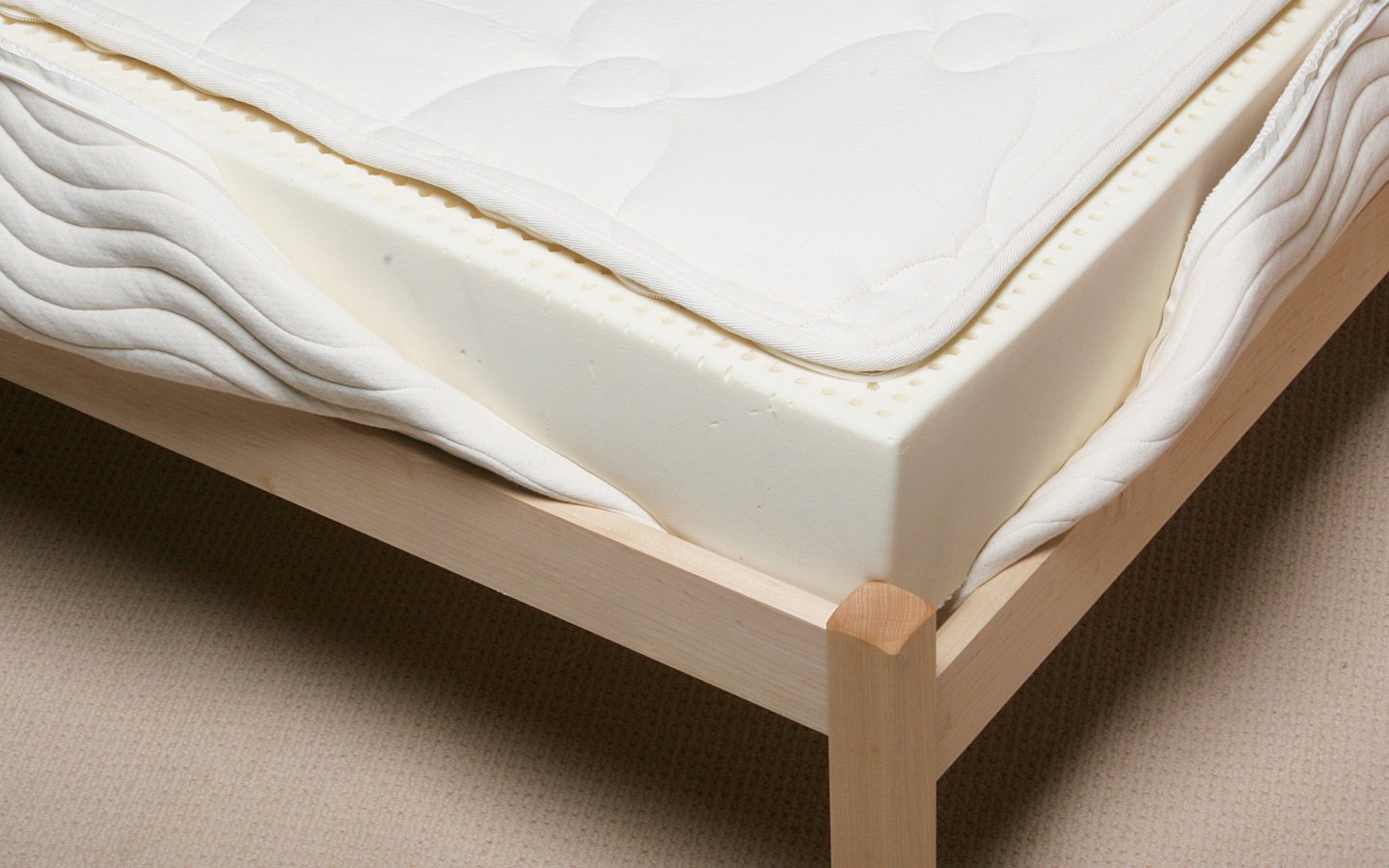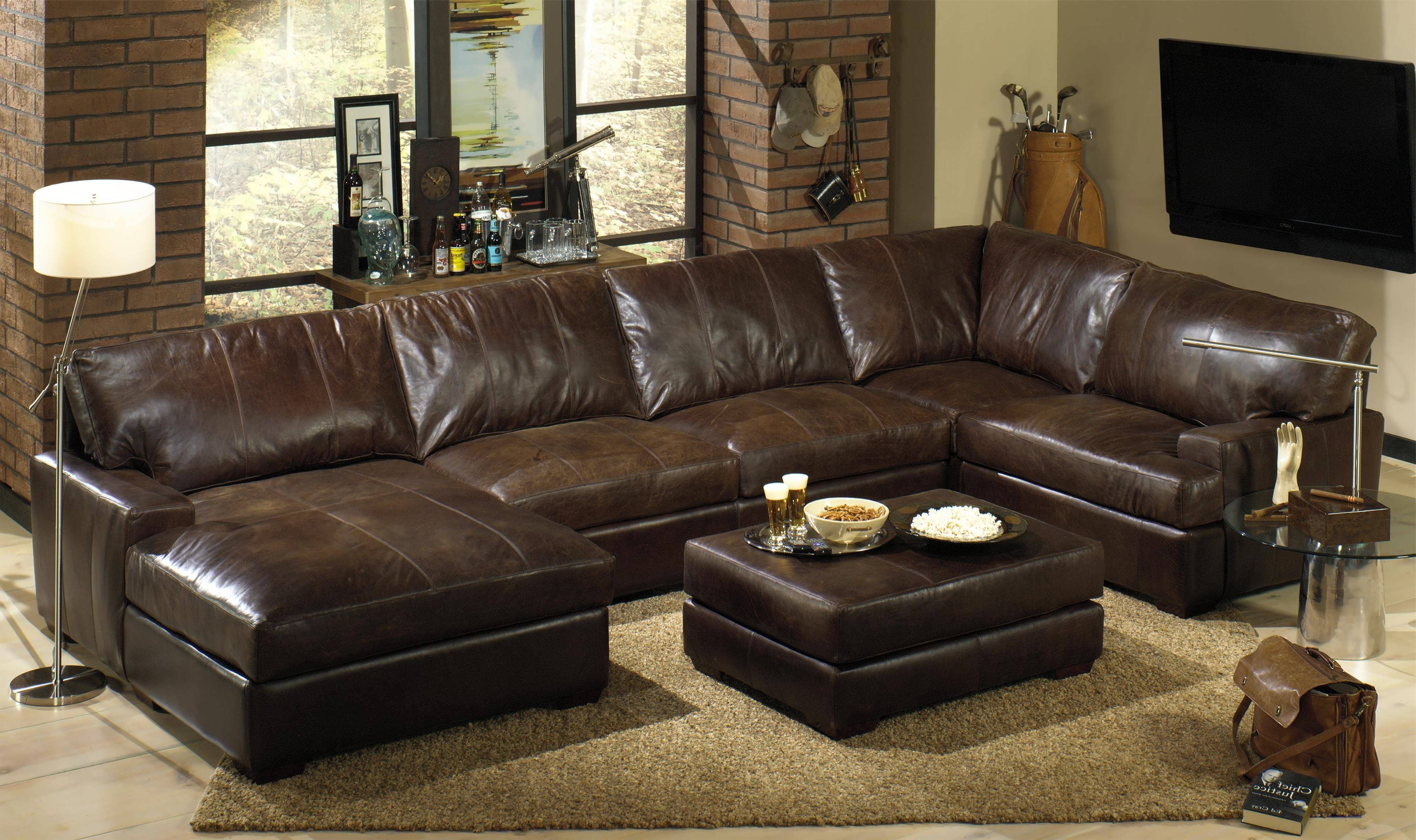When it comes to designing your living room, combining different pieces of furniture can be a challenging task. You want to create a cohesive and visually appealing space, but you also don't want it to look too cluttered or mismatched. That's why we've put together a list of the top 10 ideas for combining living room furniture to help you create the perfect balance in your space.Combining Living Room Furniture Ideas
Before we dive into the different ways to combine living room furniture, it's important to understand the basics of furniture arrangement. The first step is to measure your space and create a floor plan. This will help you determine the best placement for your furniture and ensure that everything fits properly. Next, consider the function of your living room. Is it primarily for entertaining guests, watching TV, or a place for relaxation? This will help determine the layout and placement of your furniture pieces. And don't forget to leave enough room for traffic flow and to avoid making the space feel cramped.How to Arrange Living Room Furniture
When it comes to combining living room furniture, there are a few layout options you can choose from. The first is the traditional layout, where the sofa is placed against the longest wall with a coffee table in front and chairs on either side. This is a classic and timeless setup that works well in most living rooms. If you have a smaller space, consider a floating layout where the sofa is placed away from the walls, creating a more open and spacious feel. This can also help make the room feel less cluttered. Another option is to create a conversation area by placing two sofas facing each other with a coffee table in the middle. This is great for larger living rooms and encourages conversation and interaction among guests.Living Room Furniture Layout
Mixing different styles of furniture can add depth and interest to your living room. For example, pairing a modern sofa with a vintage armchair can create a unique and eclectic look. Just be sure to choose pieces that complement each other in terms of color and scale. If you're feeling bold, you can also mix and match different patterns and textures. For instance, a striped rug with a floral print armchair can add visual interest and personality to your living room.Combining Different Styles of Living Room Furniture
When combining living room furniture, it's important to consider the placement of each piece. For example, the sofa should be the focal point of the room and all other furniture should be arranged around it. You can also create balance by placing larger pieces of furniture on either side of the room. Another tip is to use furniture to define certain areas within the living room. For instance, a bookshelf or console table can help separate the living area from the dining area in an open-concept space.Living Room Furniture Placement
The color scheme of your living room is another important factor to consider when combining furniture. You can create a cohesive look by sticking to a specific color palette, such as neutral tones or shades of blue. For a more vibrant and bold look, don't be afraid to mix and match different colors. Just be sure to choose colors that complement each other and avoid going overboard with too many bright hues.Combining Colors in Living Room Furniture
Here are a few general tips to keep in mind when arranging and combining living room furniture:Living Room Furniture Arrangement Tips
If you love the clean lines and simplicity of modern furniture but also appreciate the elegance and sophistication of traditional pieces, you can combine the two styles in your living room. For instance, pair a modern sofa with a traditional coffee table or mix and match different styles of chairs around your dining table. The key is to choose pieces that complement each other and create a harmonious balance in the room.Combining Modern and Traditional Living Room Furniture
When it comes to combining living room furniture, there are a few classic combos that always work well together:Living Room Furniture Combos
As mentioned earlier, mixing and matching patterns in your living room furniture can add visual interest and personality to the space. However, it's important to do it in a cohesive and intentional way. One way to do this is by choosing a color palette and sticking to it when incorporating patterns. You can also vary the scale of the patterns to create balance and avoid overwhelming the space.Combining Patterns in Living Room Furniture
Maximizing Space and Style: The Art of Combining Living Room Furniture

Creating a Cohesive and Functional Living Space
 When it comes to designing your living room, one of the biggest challenges is finding the perfect balance between style and functionality. With so many pieces of furniture to choose from, it can be overwhelming to figure out how to arrange them in a way that not only looks good, but also makes the most of your space. This is where the art of combining living room furniture comes in. By strategically selecting and arranging your furniture, you can create a cohesive and functional living space that meets all your needs.
Maximizing Space with Multi-Purpose Furniture
In today's world where living spaces are getting smaller, it's important to make the most of every inch of your home. Multi-purpose furniture is a great way to achieve this. Look for pieces that serve multiple functions, such as a coffee table with built-in storage or a sofa that can also serve as a guest bed. This not only saves space, but also adds functionality to your living room.
Coordinate Colors and Textures
When combining living room furniture, it's important to have a cohesive color and texture scheme. This doesn't mean everything has to match perfectly, but rather that each piece complements the others. For example, if you have a bold patterned sofa, balance it out with solid-colored accent chairs in a coordinating color. This creates visual interest without being overwhelming.
Don't Be Afraid to Mix and Match
Gone are the days of having to buy a matching living room set. Mixing and matching different styles, materials, and eras of furniture can add character and personality to your living room. Just make sure to have a unifying element, such as a color or texture, to tie everything together.
Consider the Flow of the Room
When arranging your living room furniture, it's important to think about the flow of the room. You want to create a comfortable and functional space where people can easily move around. Leave enough space between pieces for easy navigation and make sure there's a clear path to walk through the room.
Final Thoughts
Combining living room furniture is all about finding the perfect balance between style and functionality. By incorporating multi-purpose furniture, coordinating colors and textures, mixing and matching different pieces, and considering the flow of the room, you can create a cohesive and functional living space that reflects your personal style. So don't be afraid to get creative and have fun with it!
When it comes to designing your living room, one of the biggest challenges is finding the perfect balance between style and functionality. With so many pieces of furniture to choose from, it can be overwhelming to figure out how to arrange them in a way that not only looks good, but also makes the most of your space. This is where the art of combining living room furniture comes in. By strategically selecting and arranging your furniture, you can create a cohesive and functional living space that meets all your needs.
Maximizing Space with Multi-Purpose Furniture
In today's world where living spaces are getting smaller, it's important to make the most of every inch of your home. Multi-purpose furniture is a great way to achieve this. Look for pieces that serve multiple functions, such as a coffee table with built-in storage or a sofa that can also serve as a guest bed. This not only saves space, but also adds functionality to your living room.
Coordinate Colors and Textures
When combining living room furniture, it's important to have a cohesive color and texture scheme. This doesn't mean everything has to match perfectly, but rather that each piece complements the others. For example, if you have a bold patterned sofa, balance it out with solid-colored accent chairs in a coordinating color. This creates visual interest without being overwhelming.
Don't Be Afraid to Mix and Match
Gone are the days of having to buy a matching living room set. Mixing and matching different styles, materials, and eras of furniture can add character and personality to your living room. Just make sure to have a unifying element, such as a color or texture, to tie everything together.
Consider the Flow of the Room
When arranging your living room furniture, it's important to think about the flow of the room. You want to create a comfortable and functional space where people can easily move around. Leave enough space between pieces for easy navigation and make sure there's a clear path to walk through the room.
Final Thoughts
Combining living room furniture is all about finding the perfect balance between style and functionality. By incorporating multi-purpose furniture, coordinating colors and textures, mixing and matching different pieces, and considering the flow of the room, you can create a cohesive and functional living space that reflects your personal style. So don't be afraid to get creative and have fun with it!

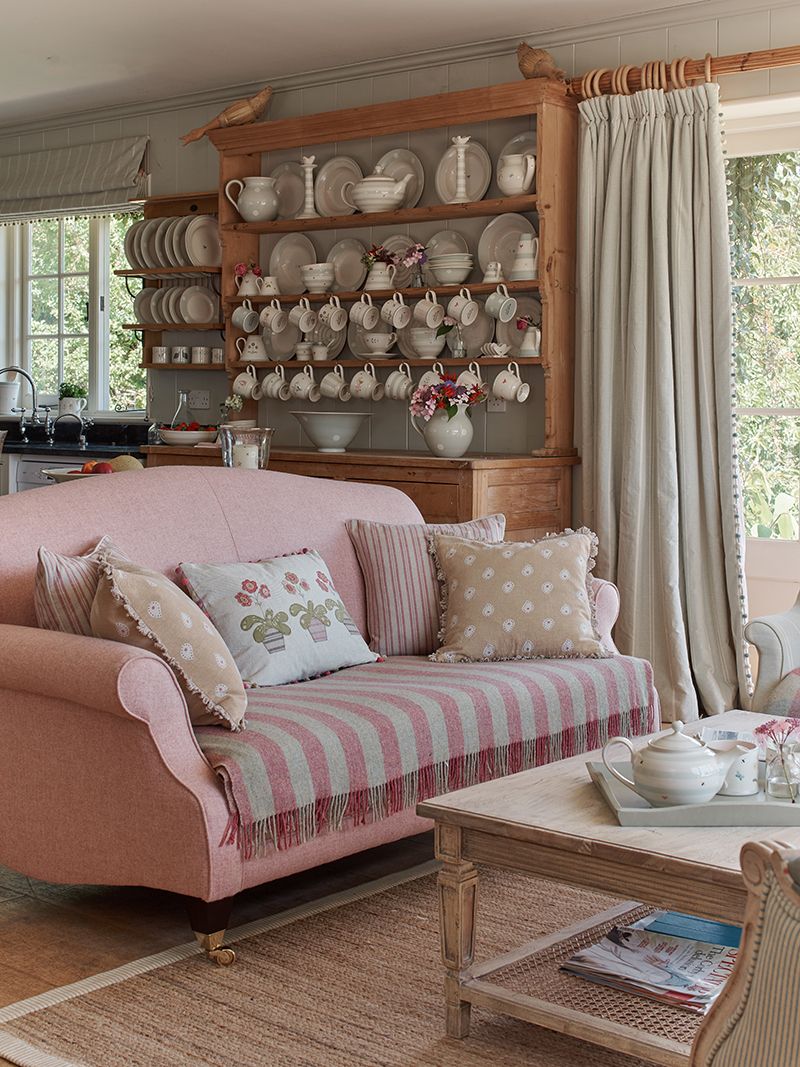

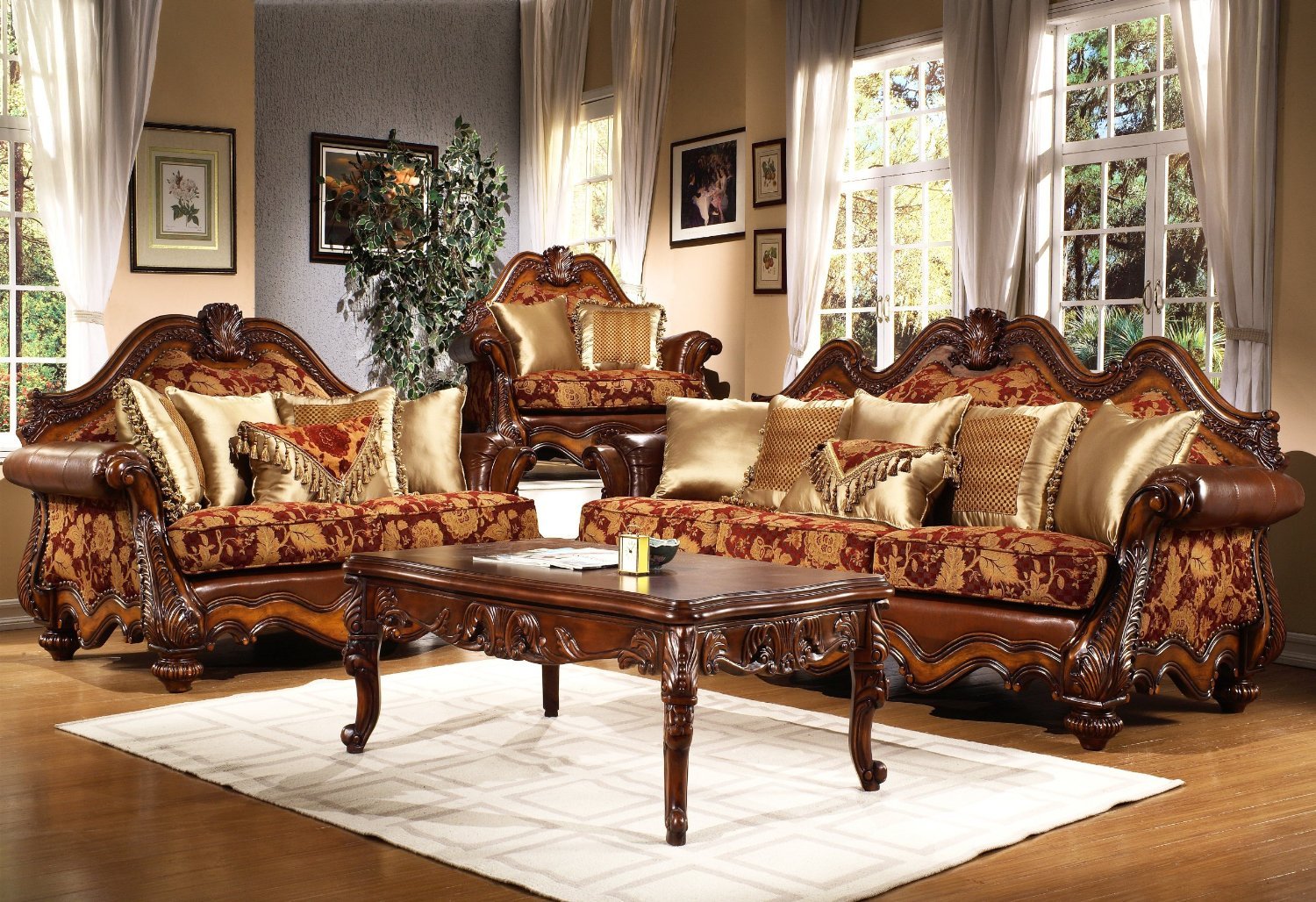


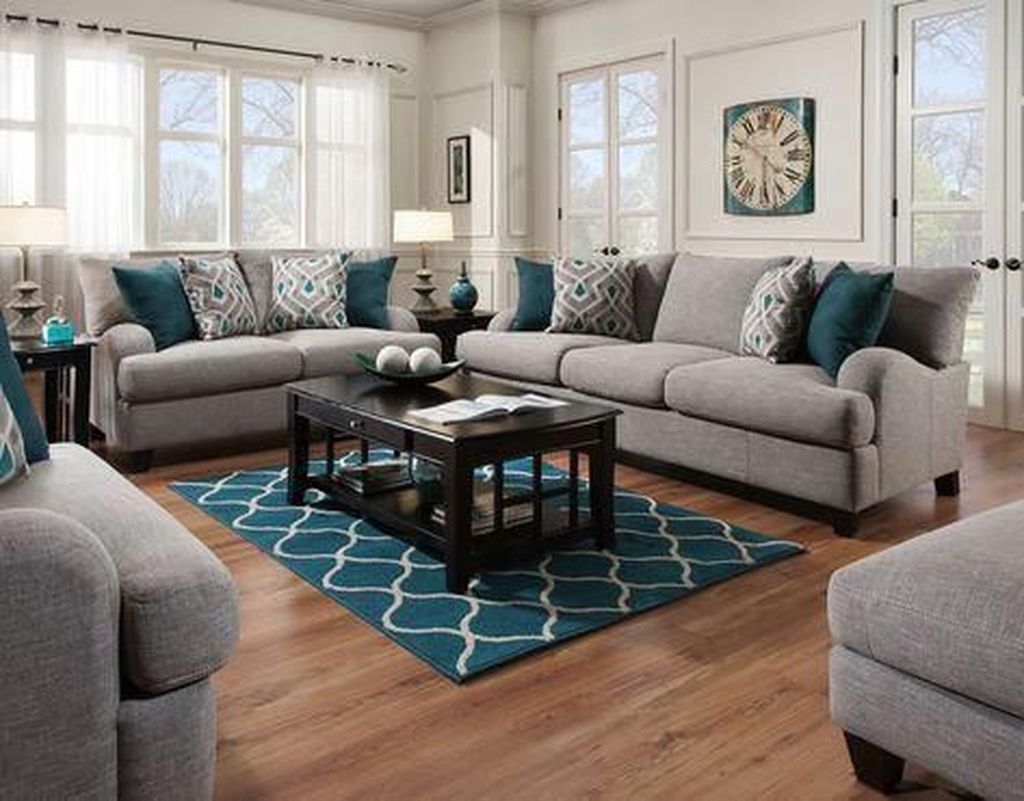
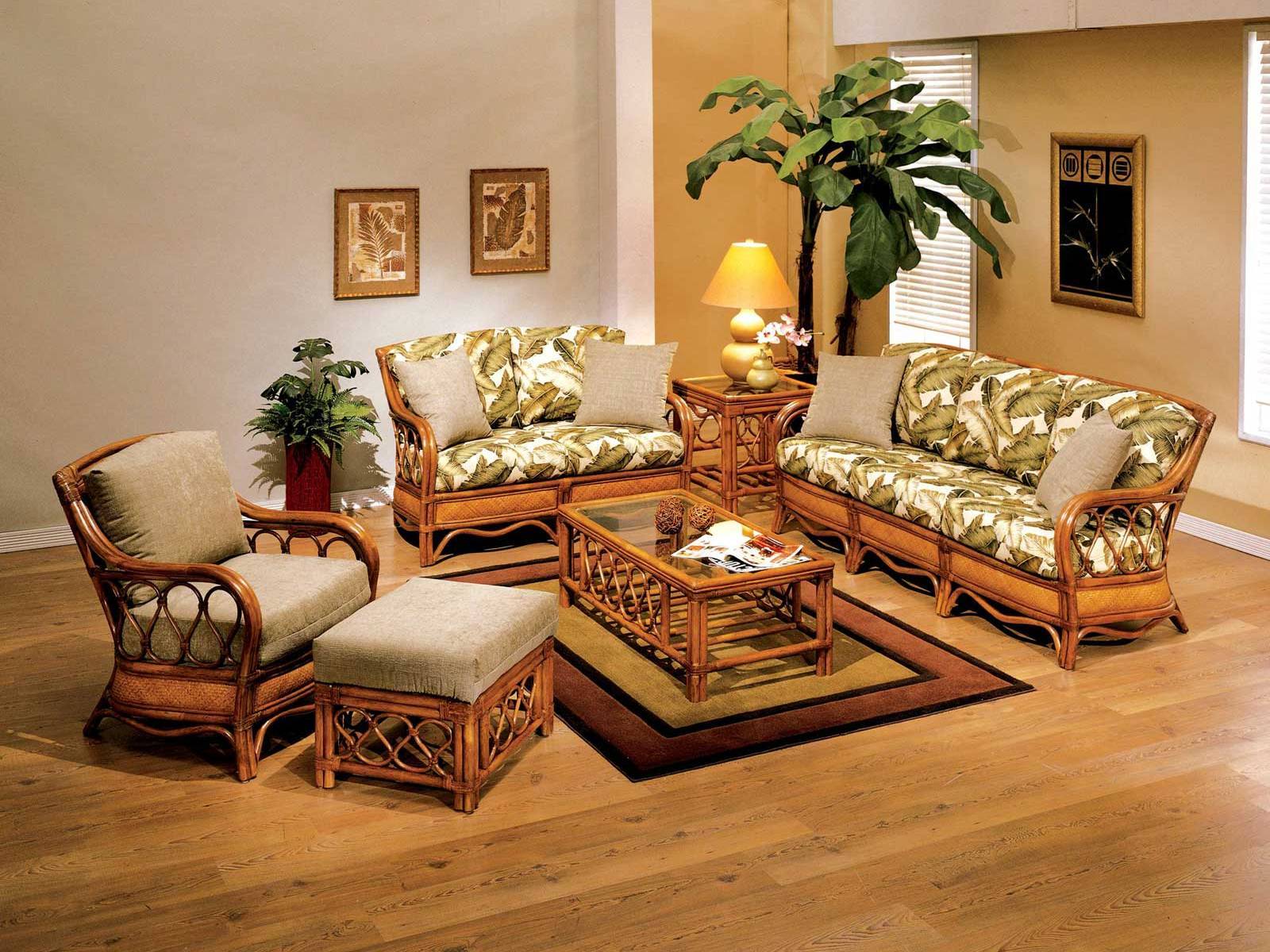

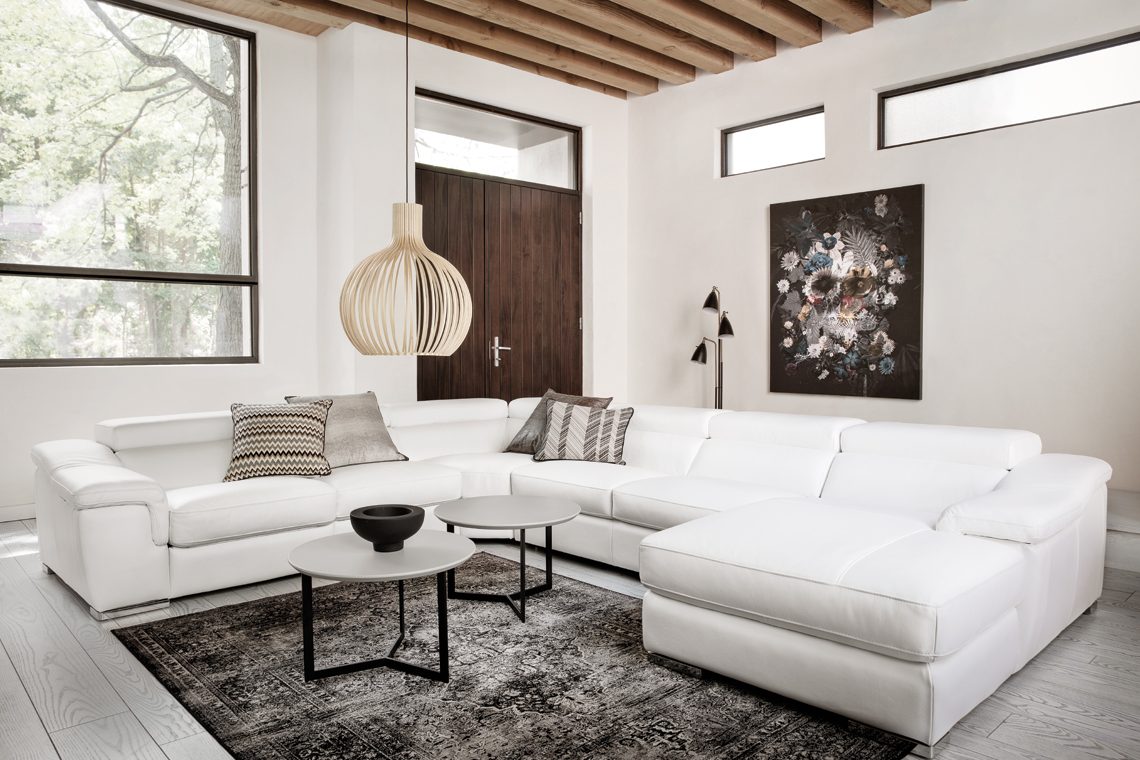


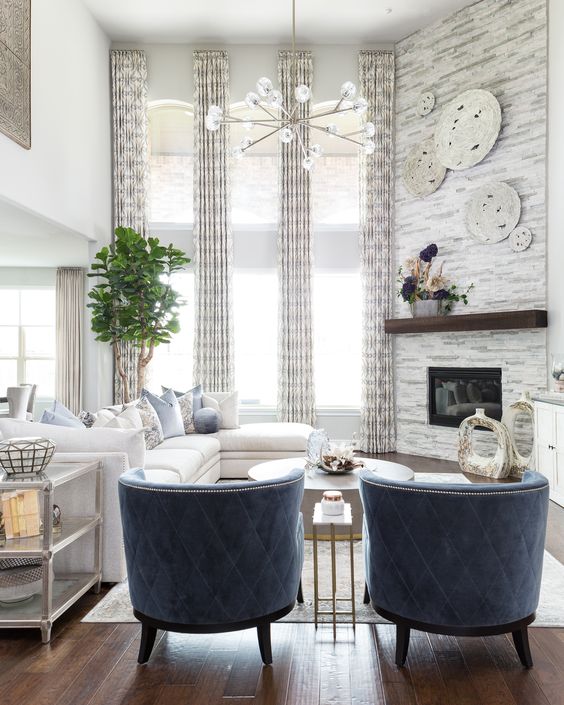


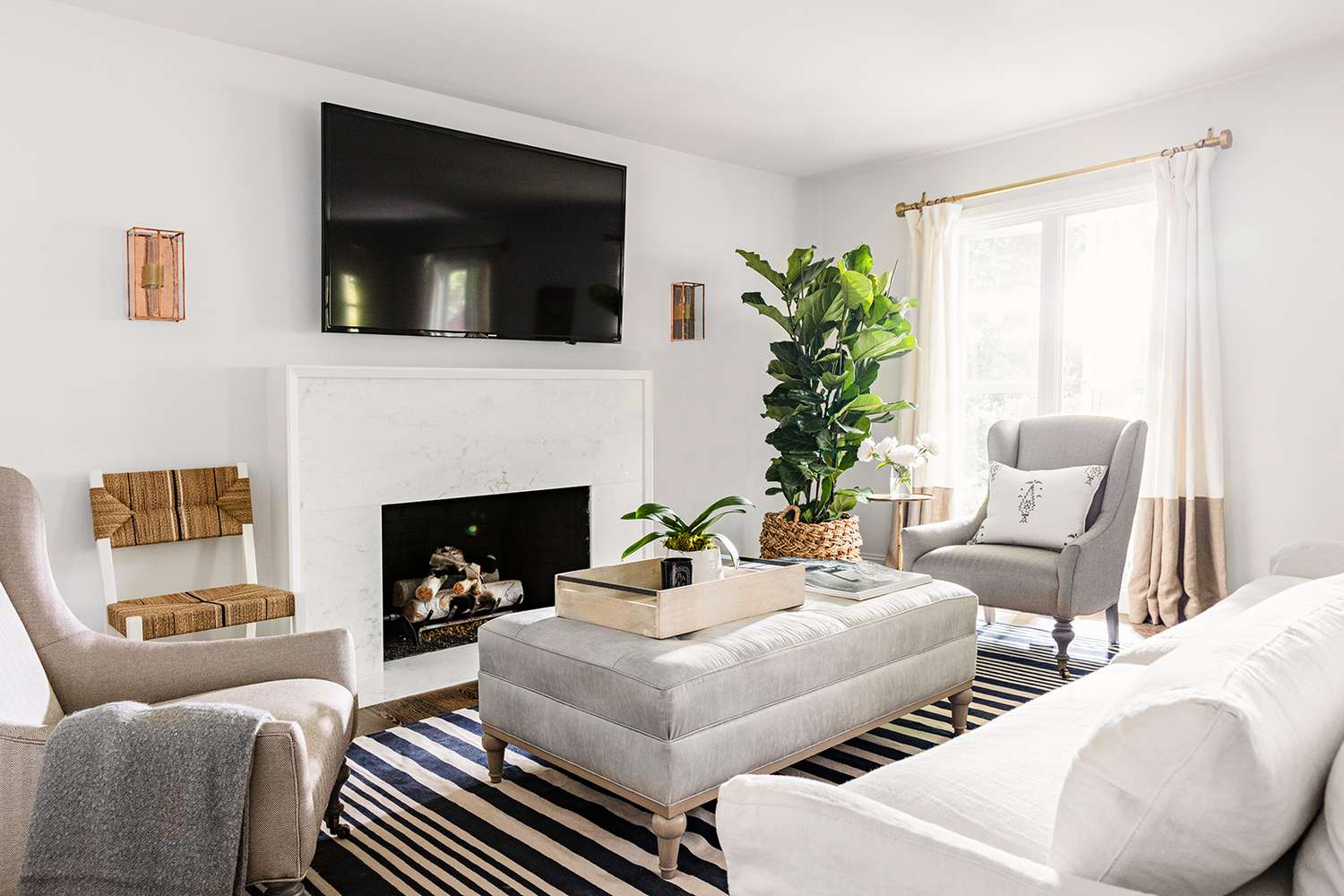
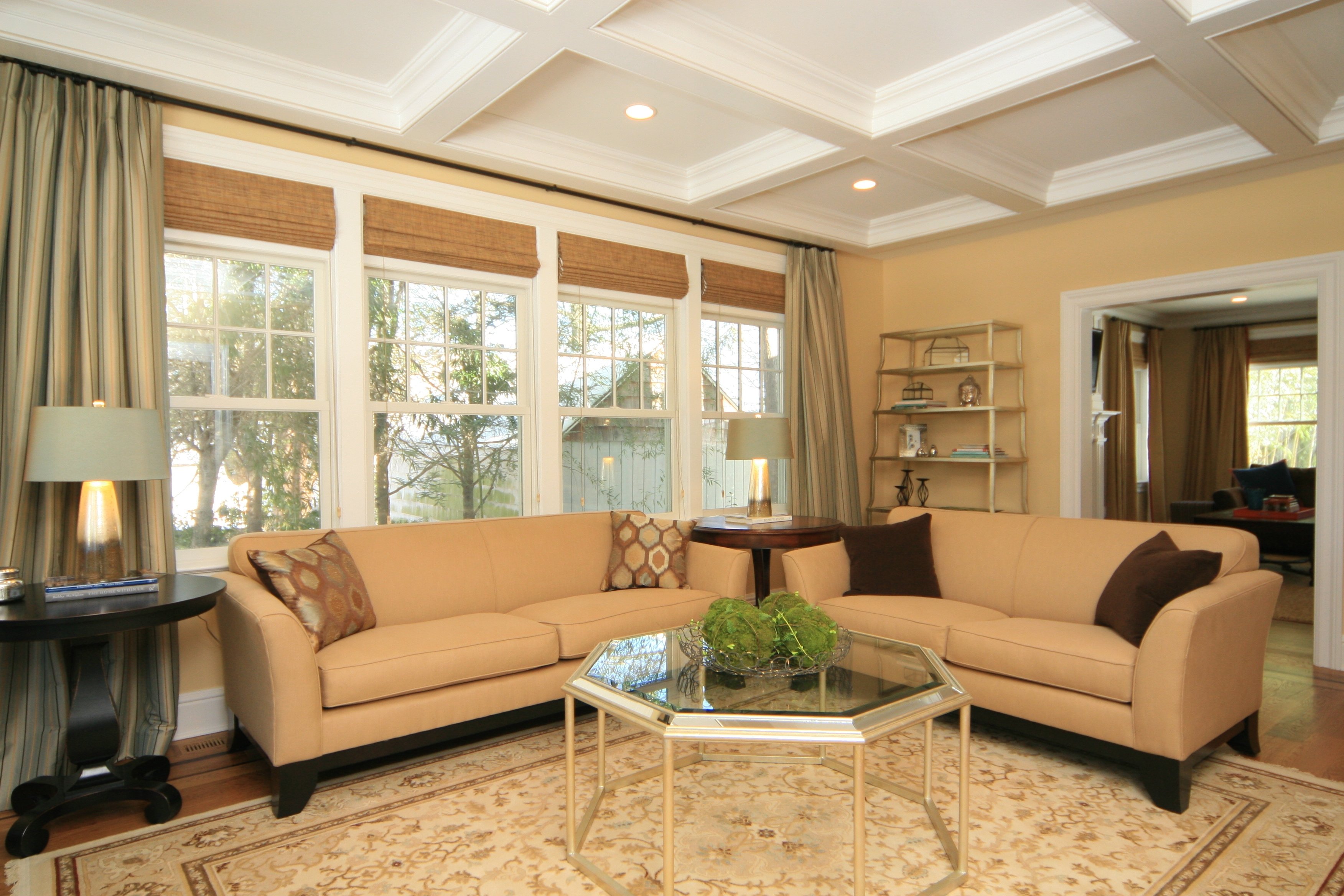

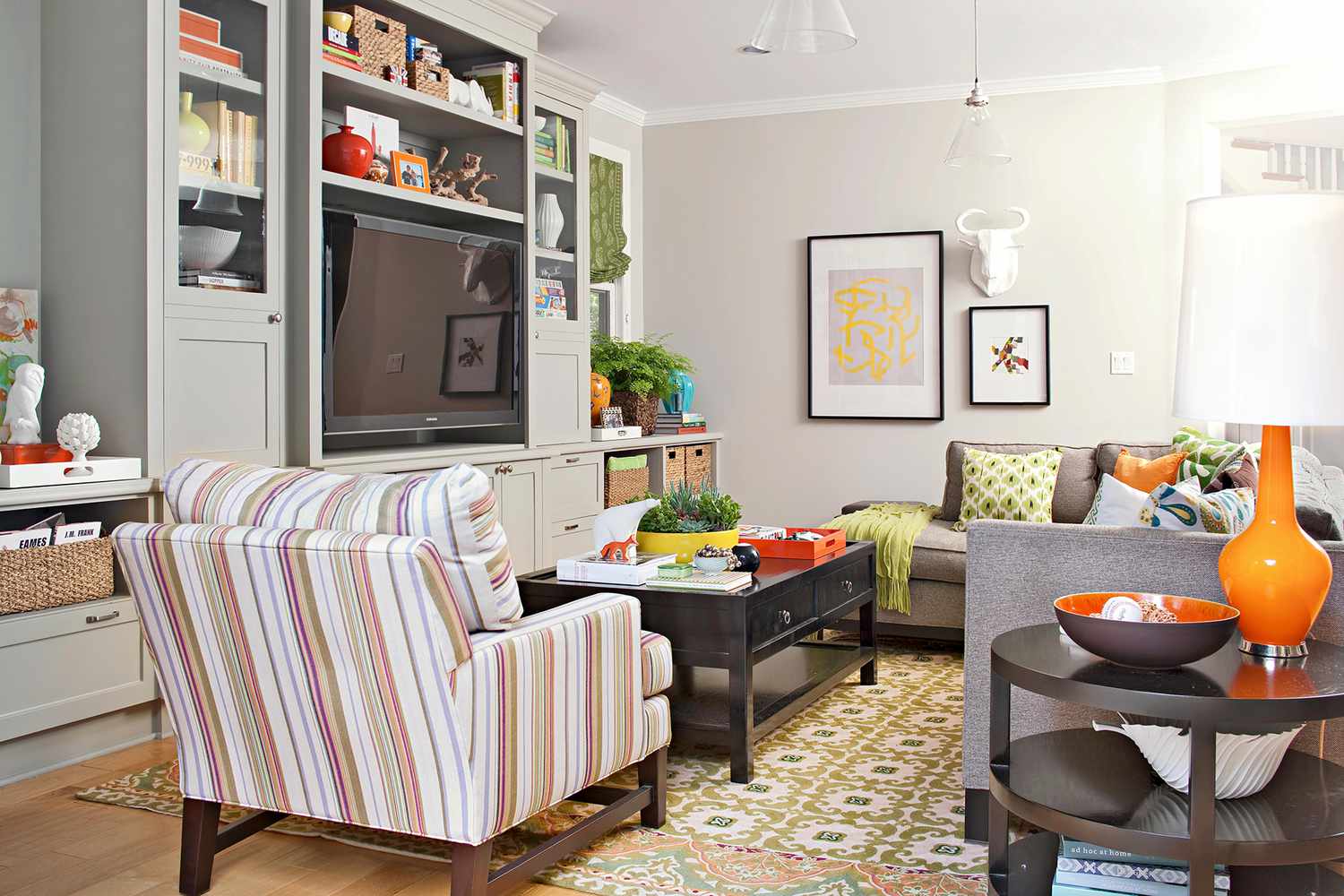
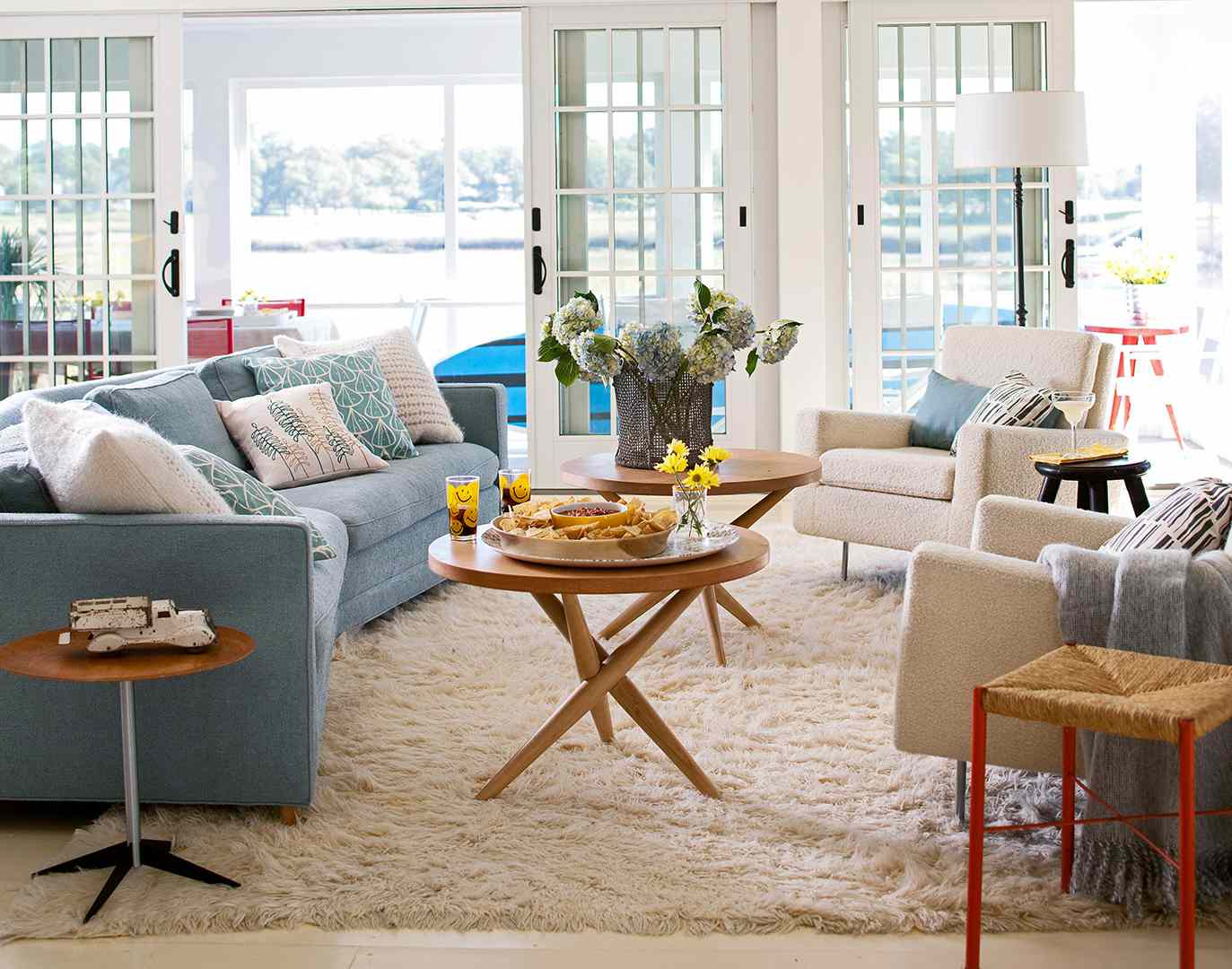
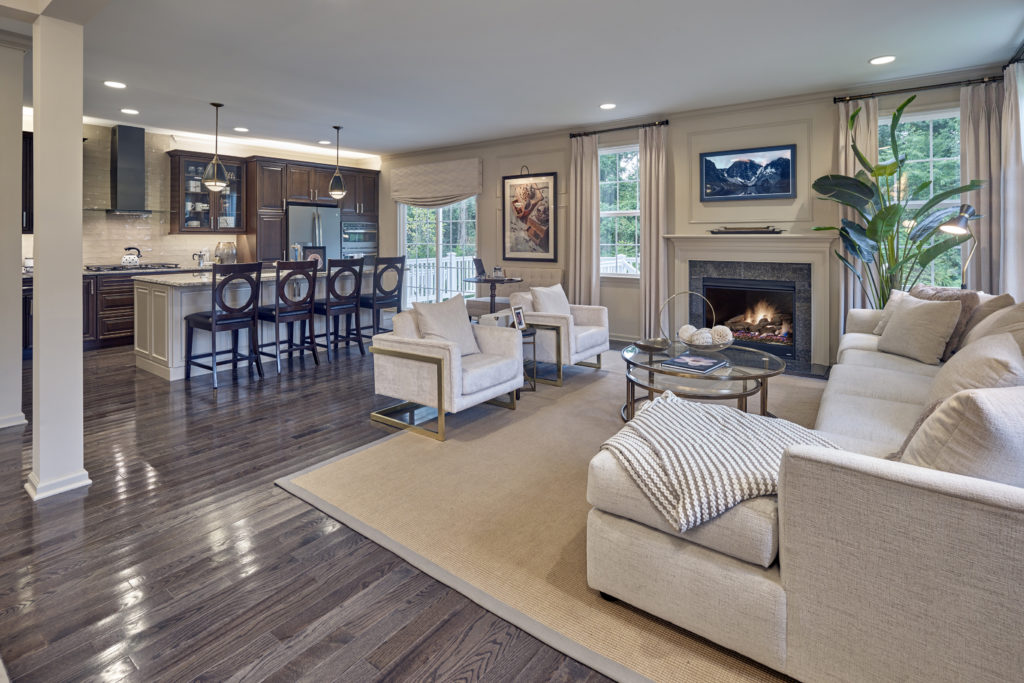
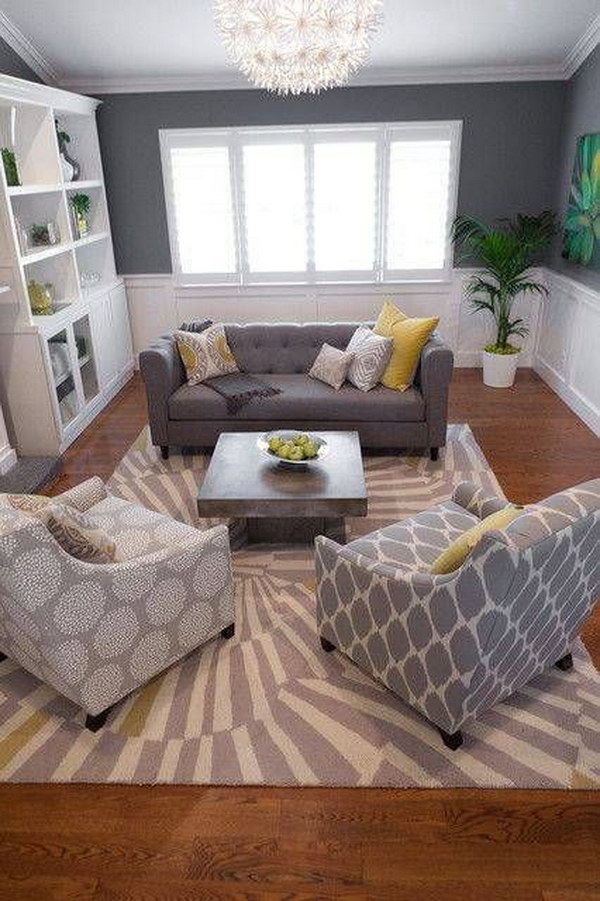
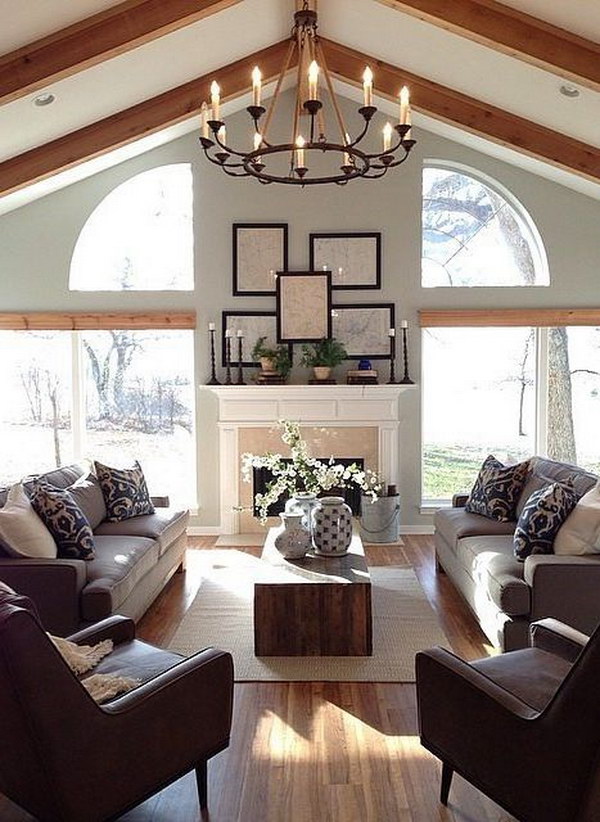
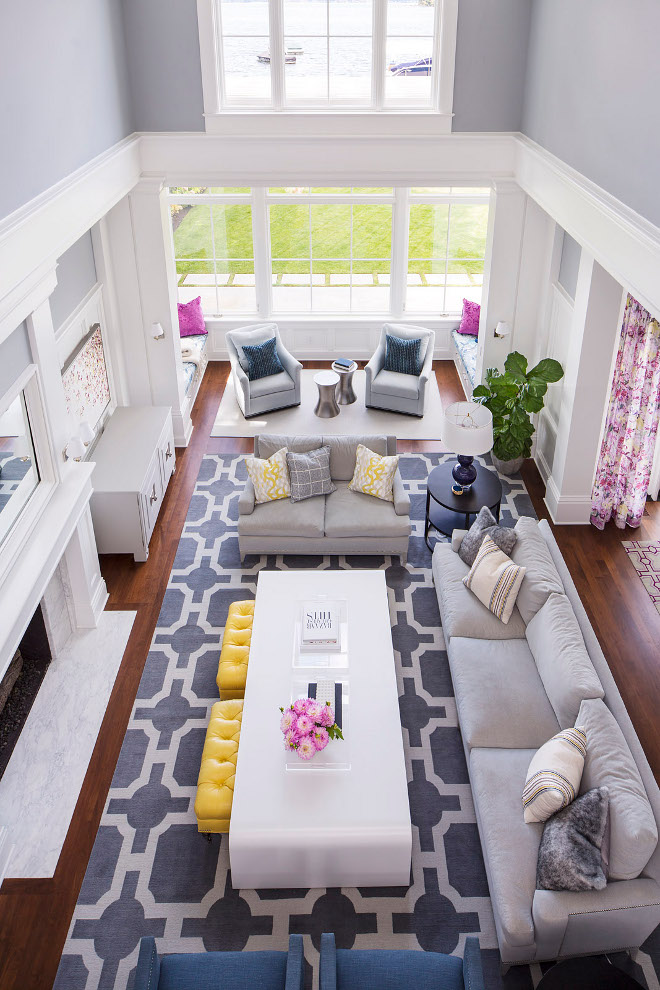


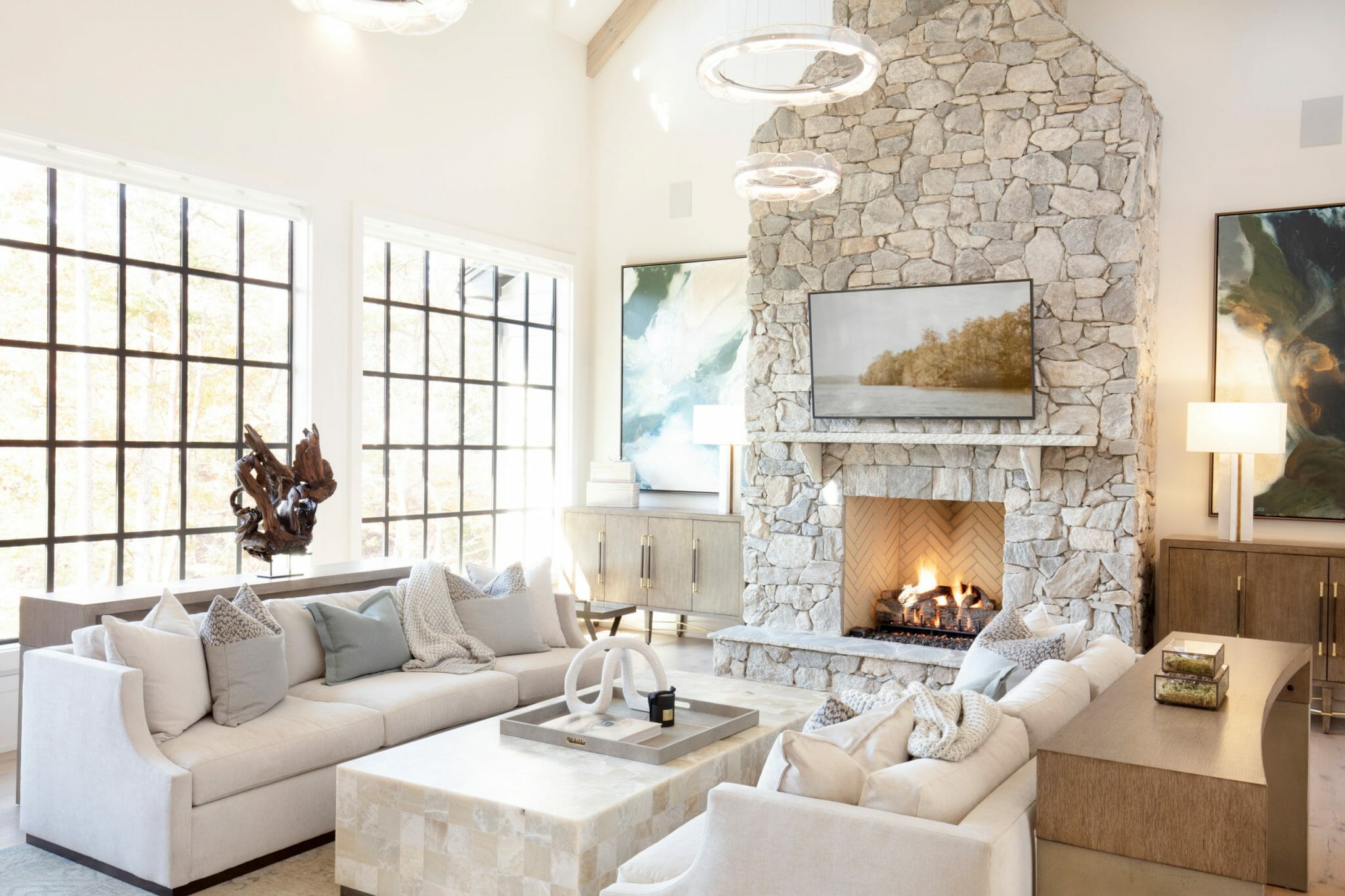




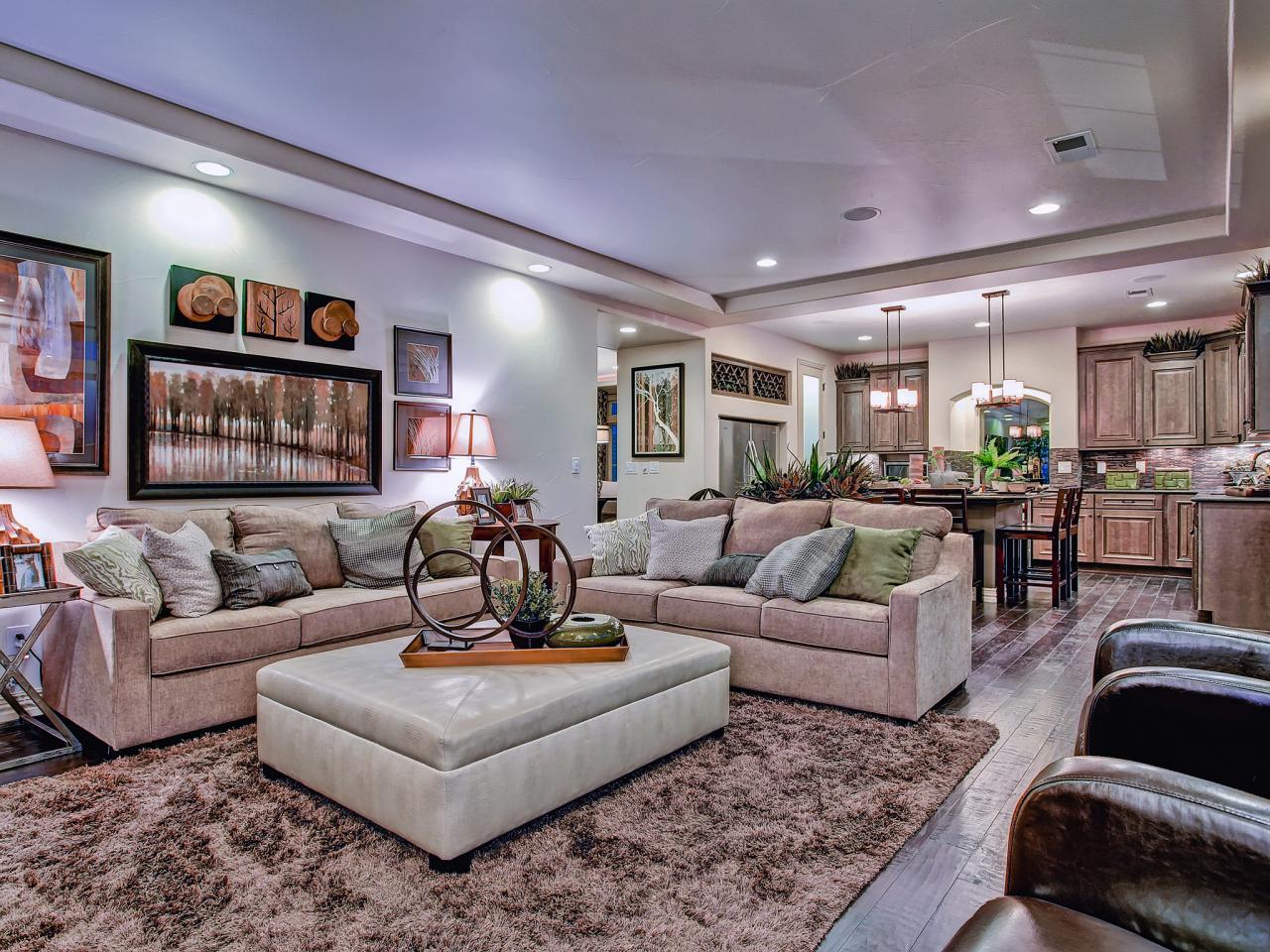


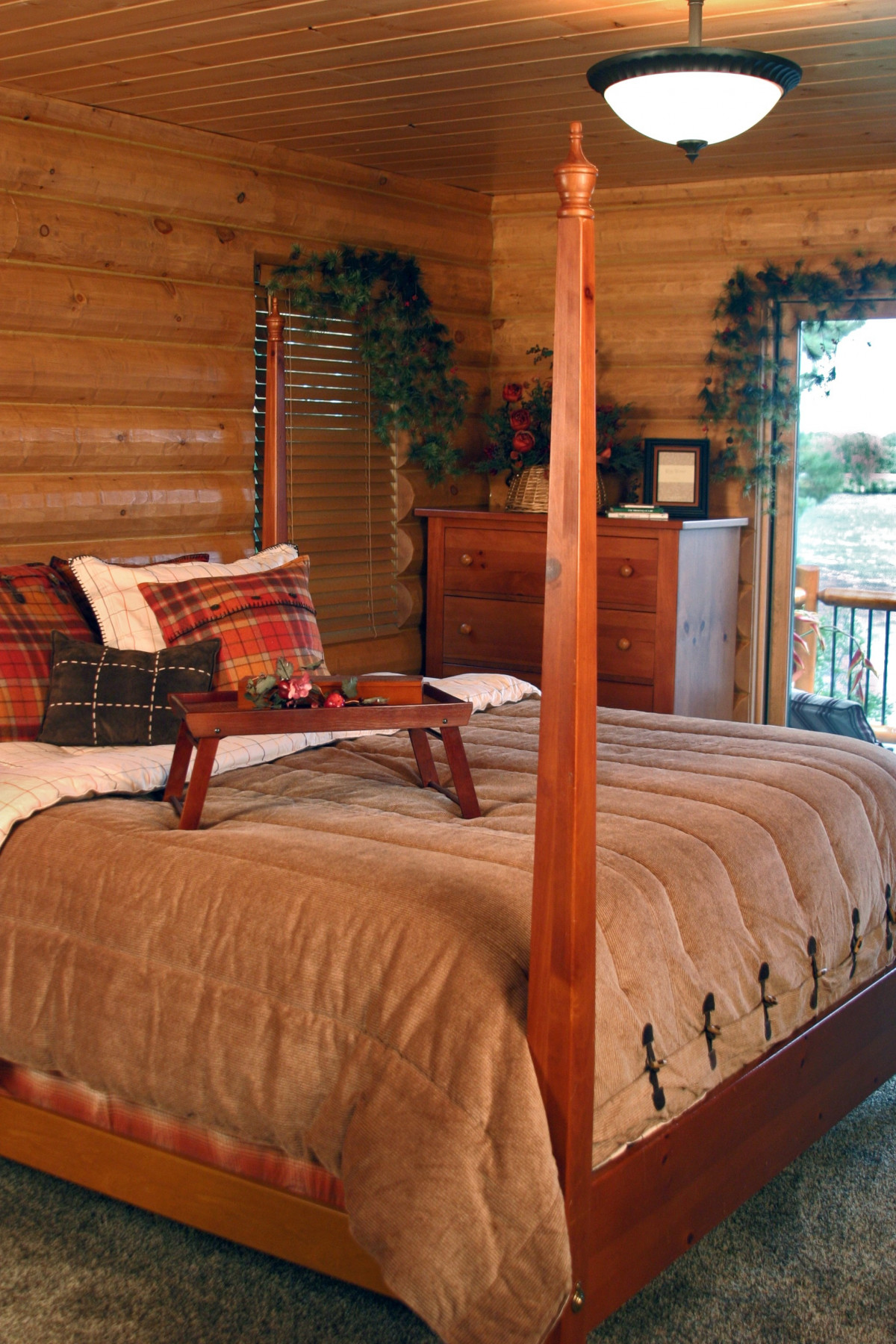





:max_bytes(150000):strip_icc()/ScreenShot2021-02-01at5.58.28PM-a5510c89b43d40b7b8b7c28d0734a209.png)
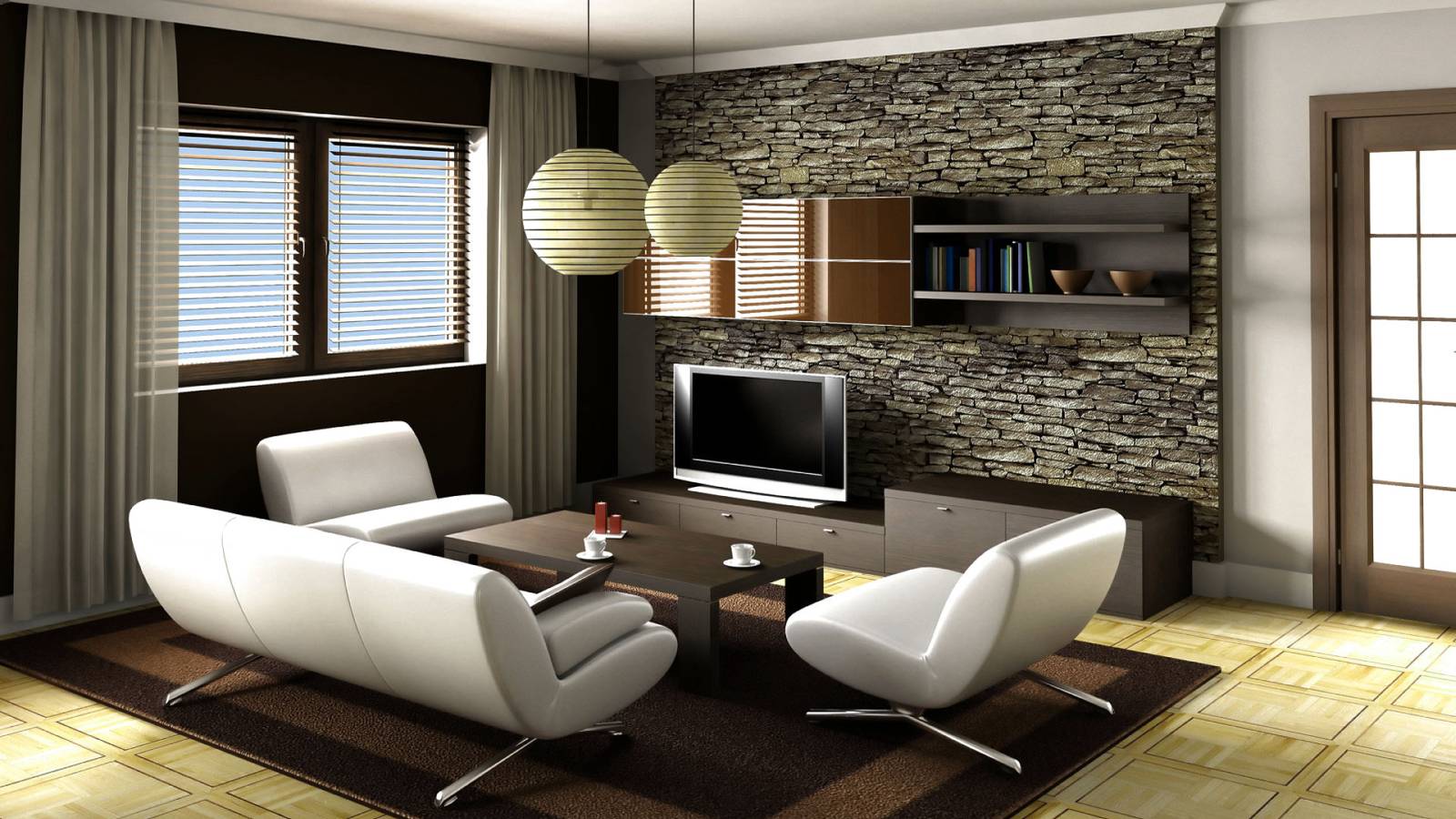






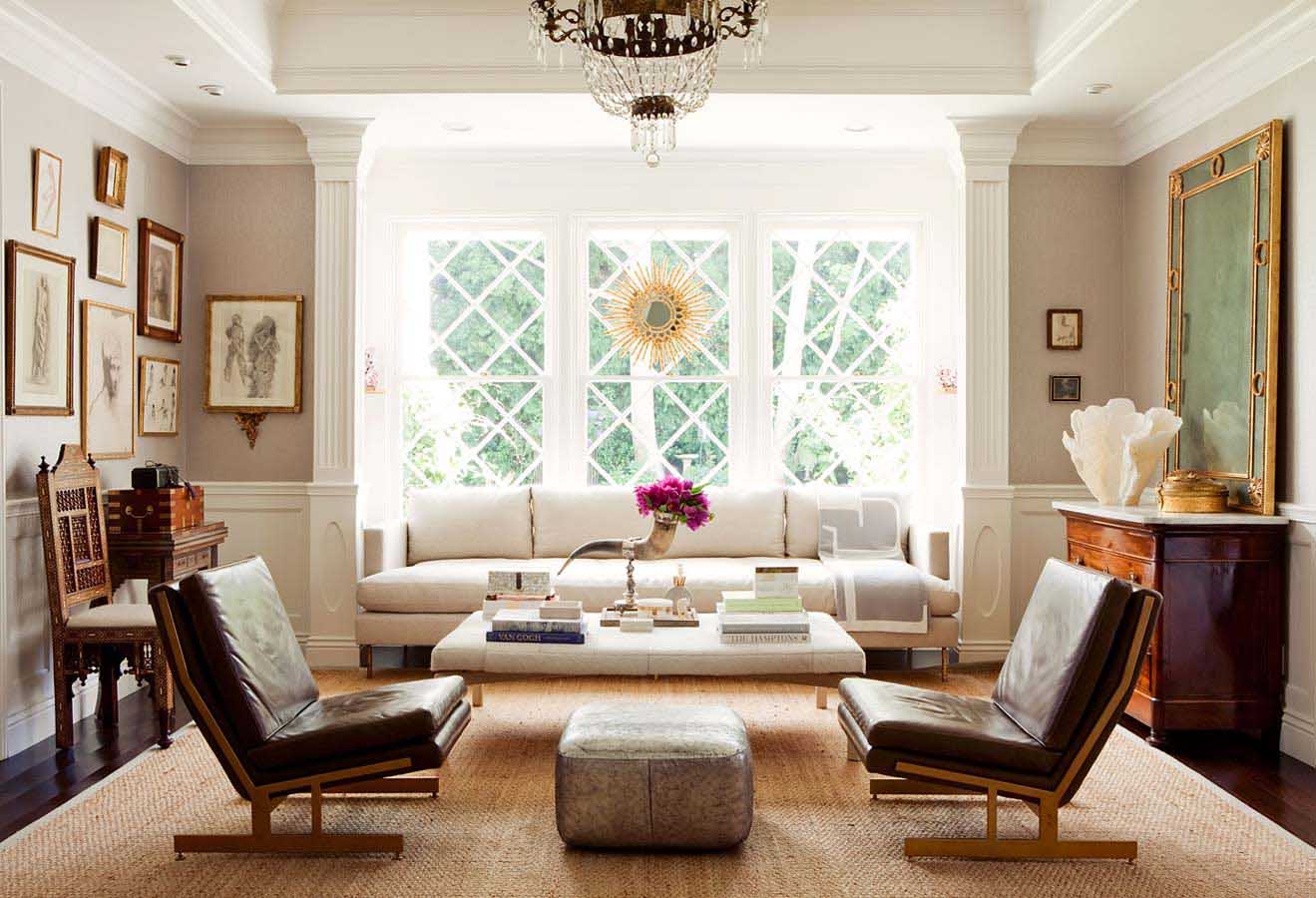












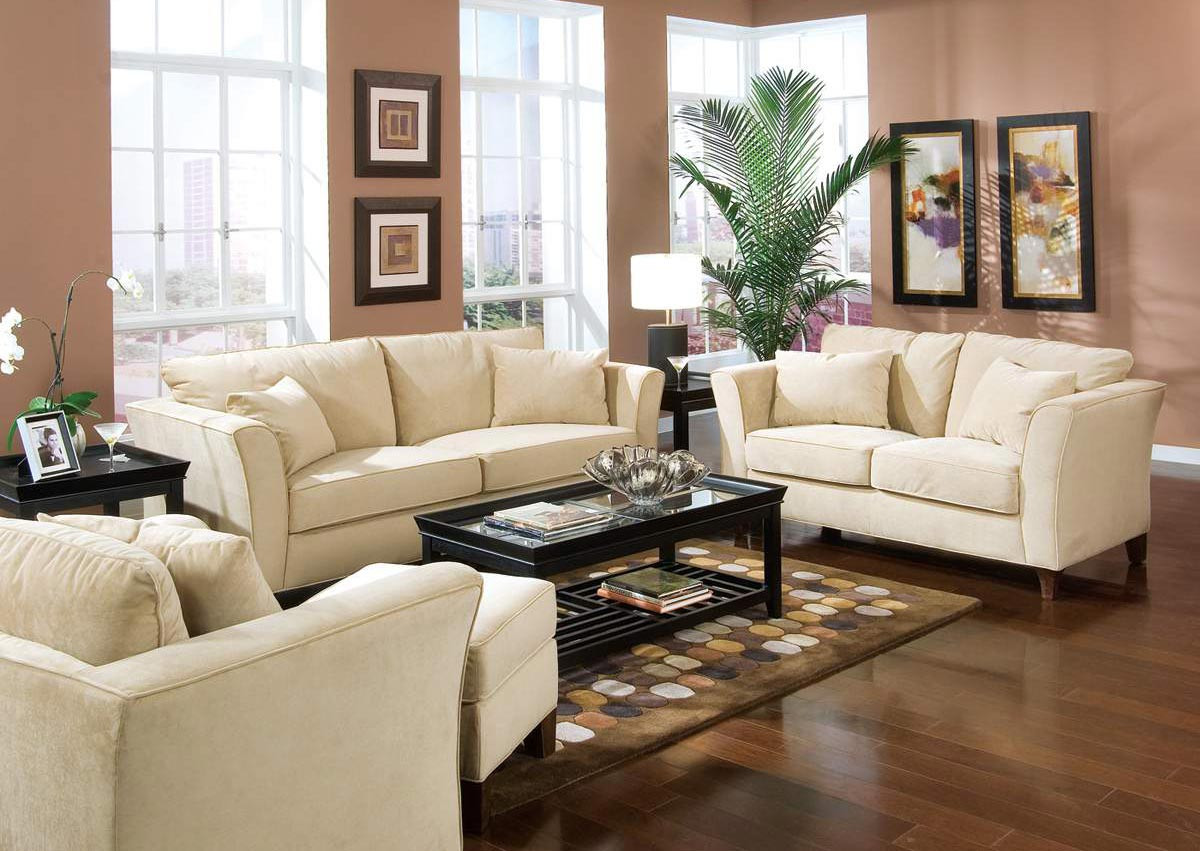
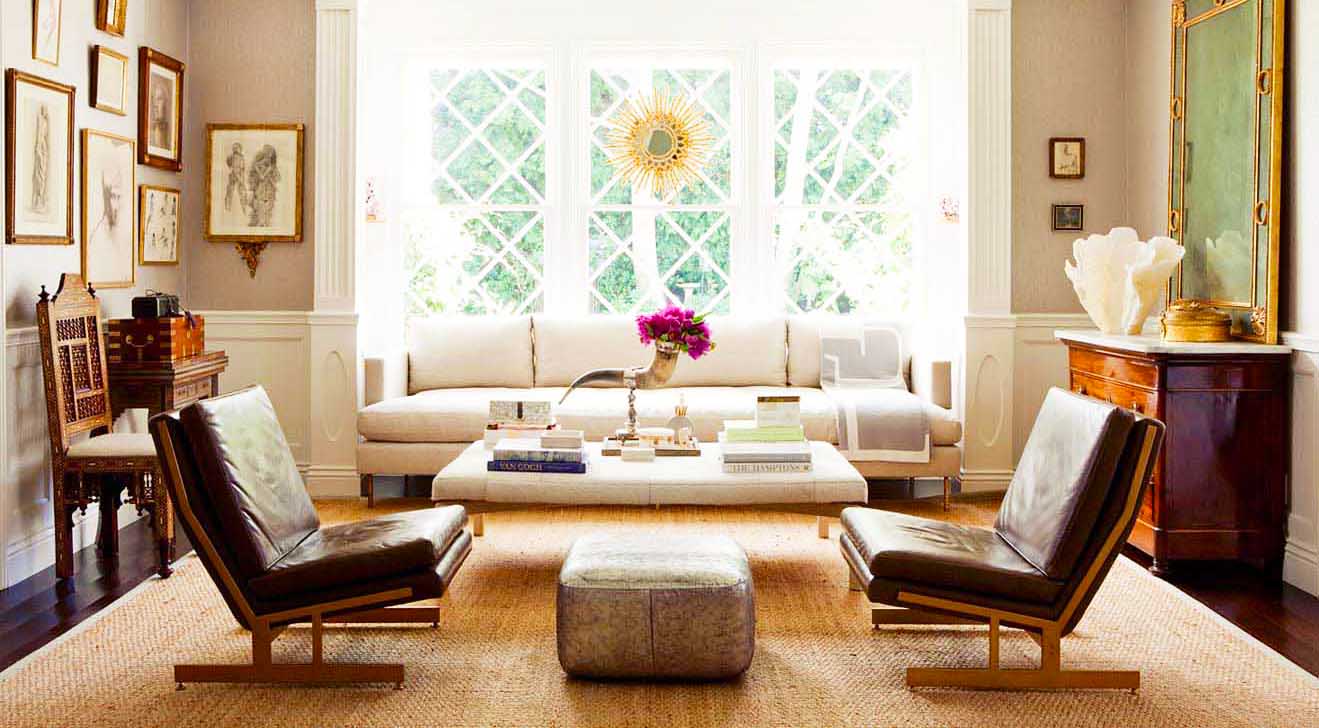

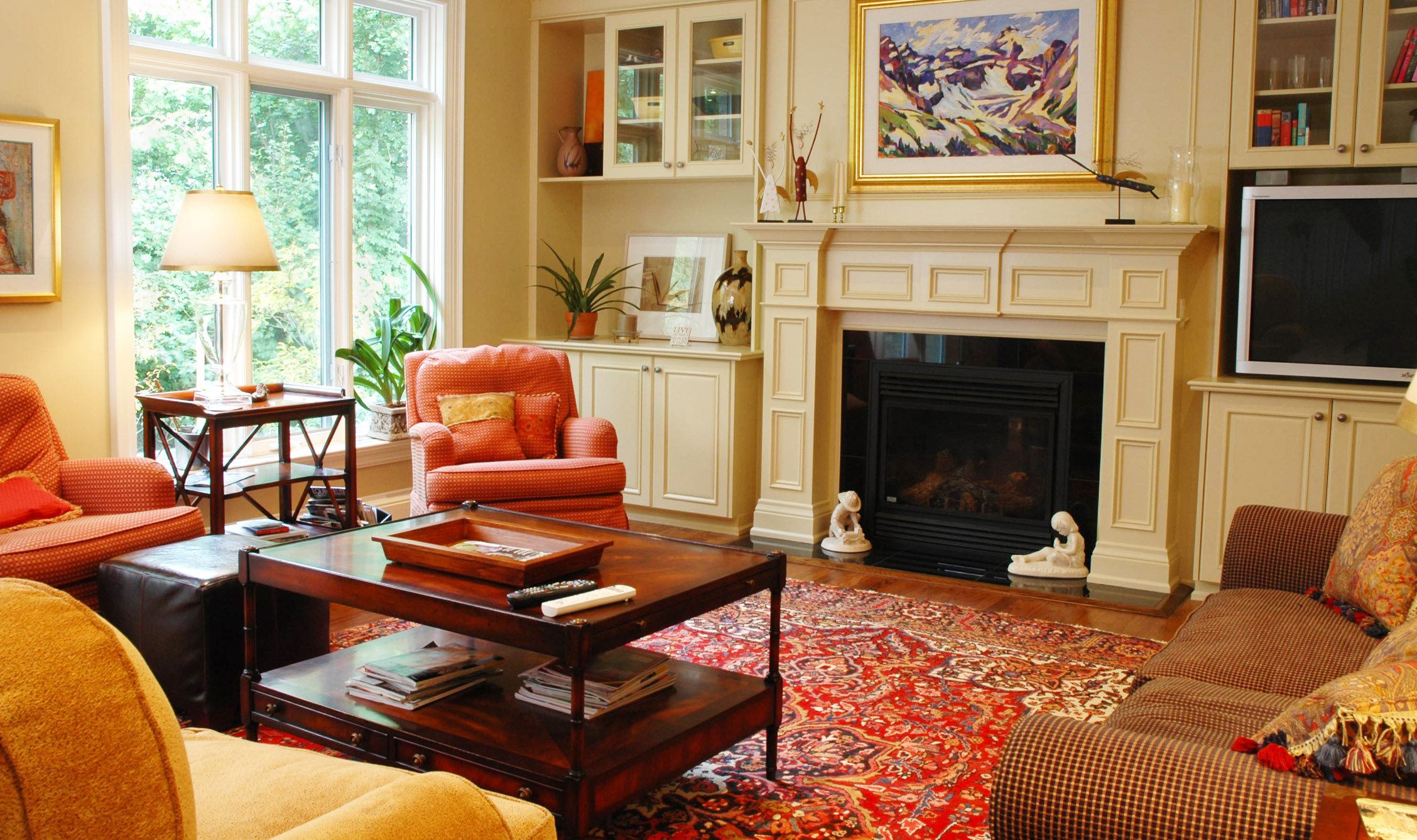
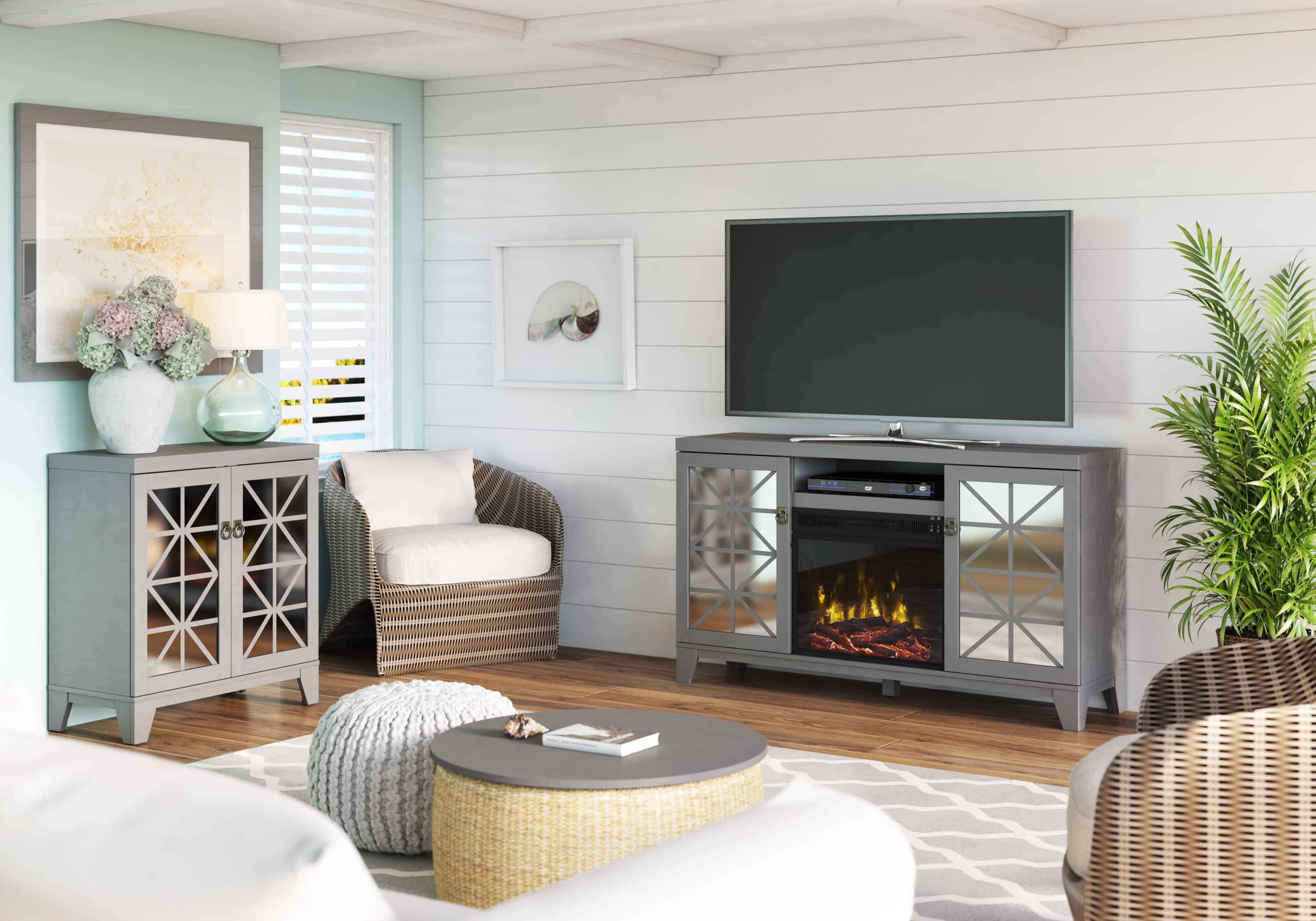
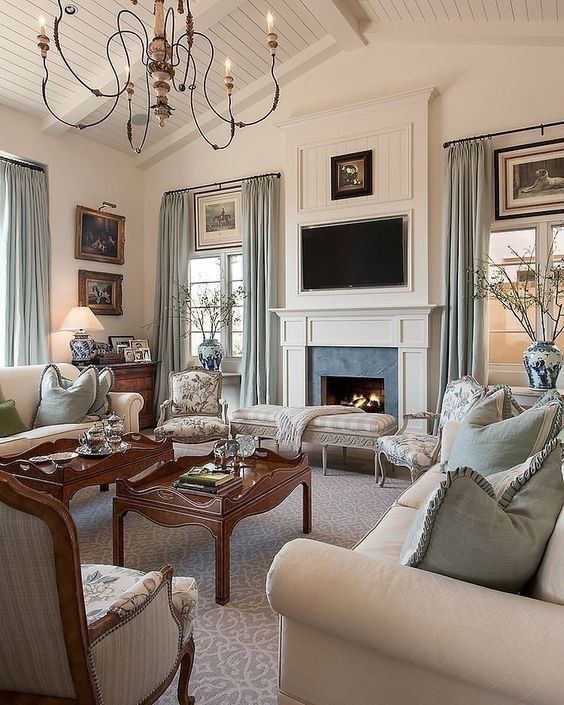


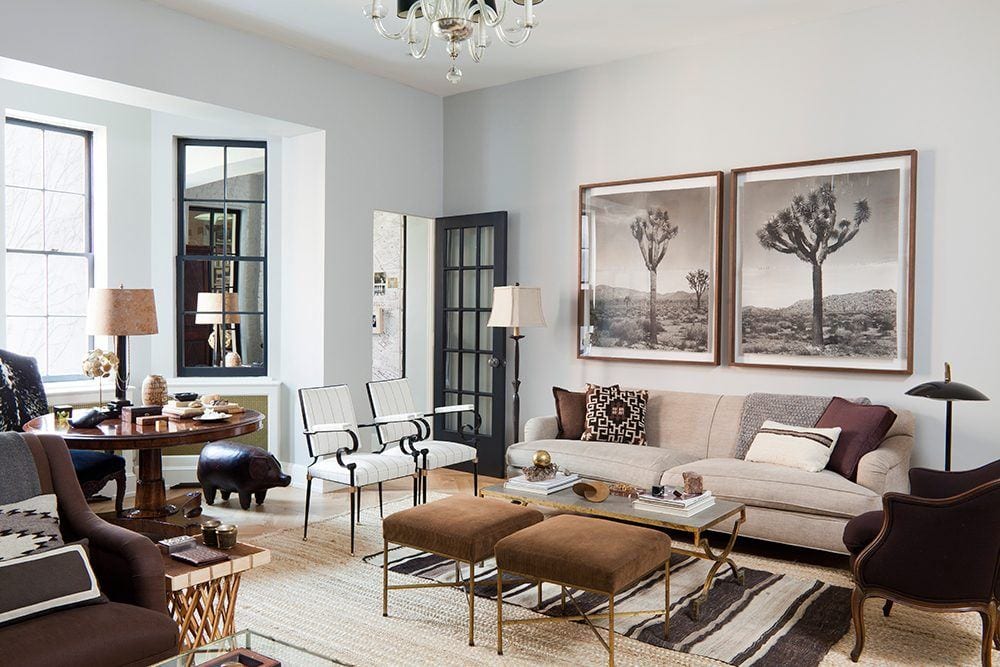
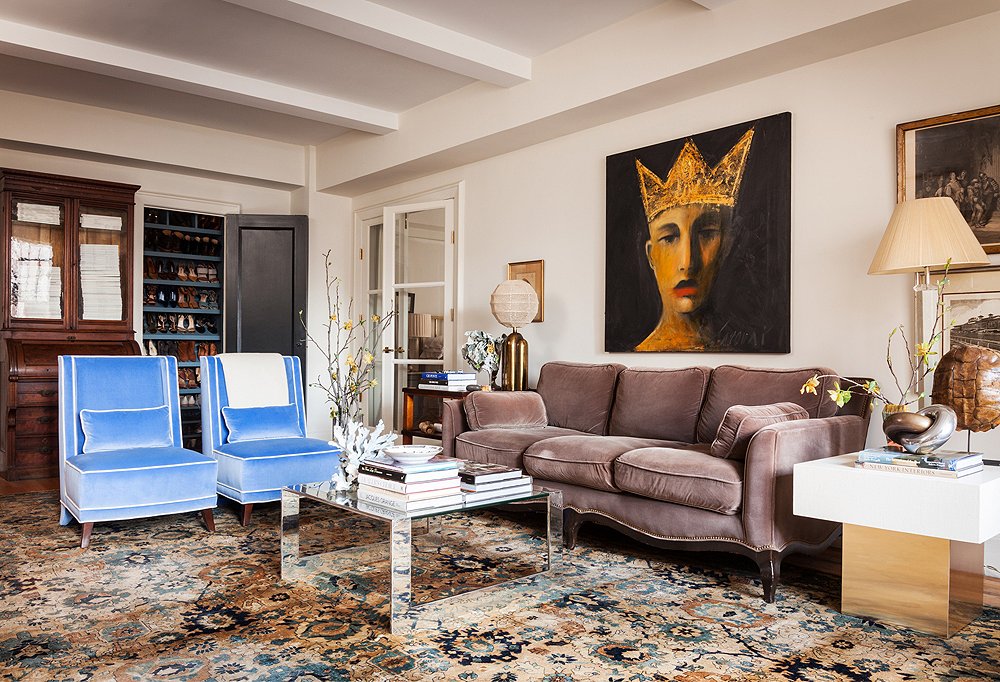
.jpeg)
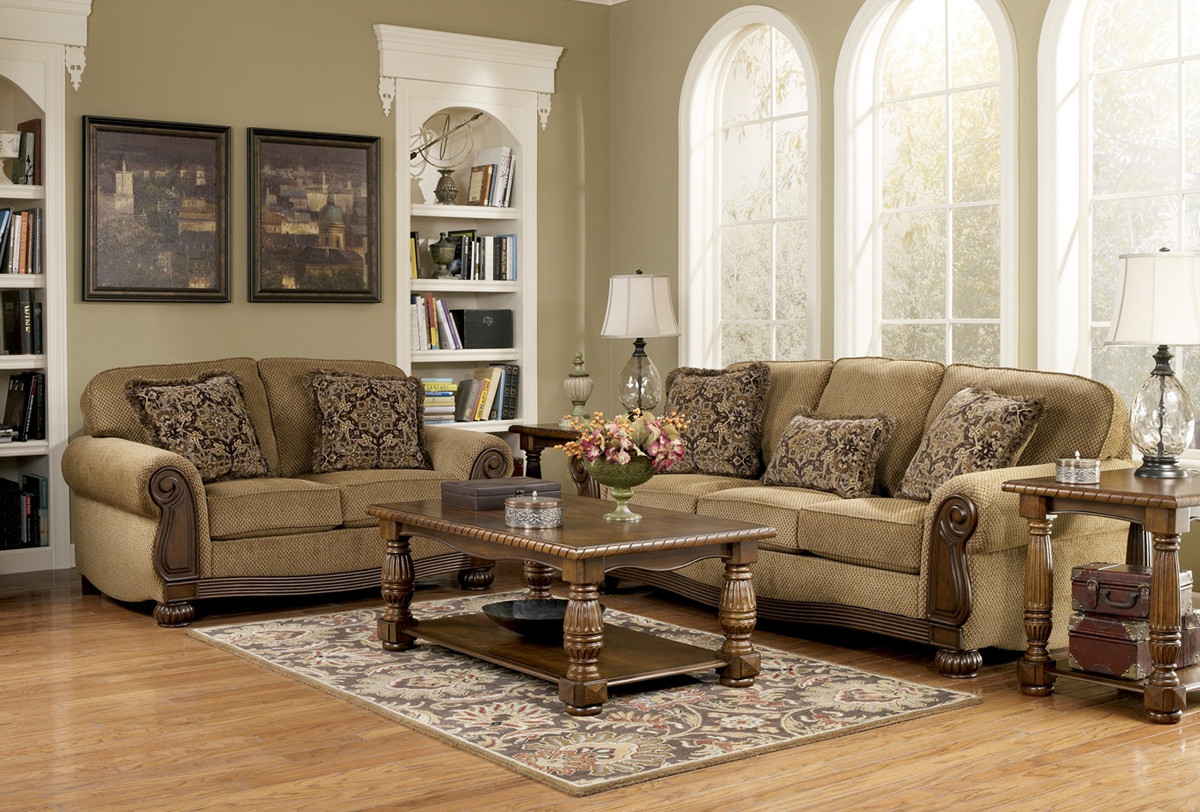
:max_bytes(150000):strip_icc()/mixing-antique-accessories-into-modern-decor-1976754-hero-070dea6d92104007aa7519130e8426c1.jpg)
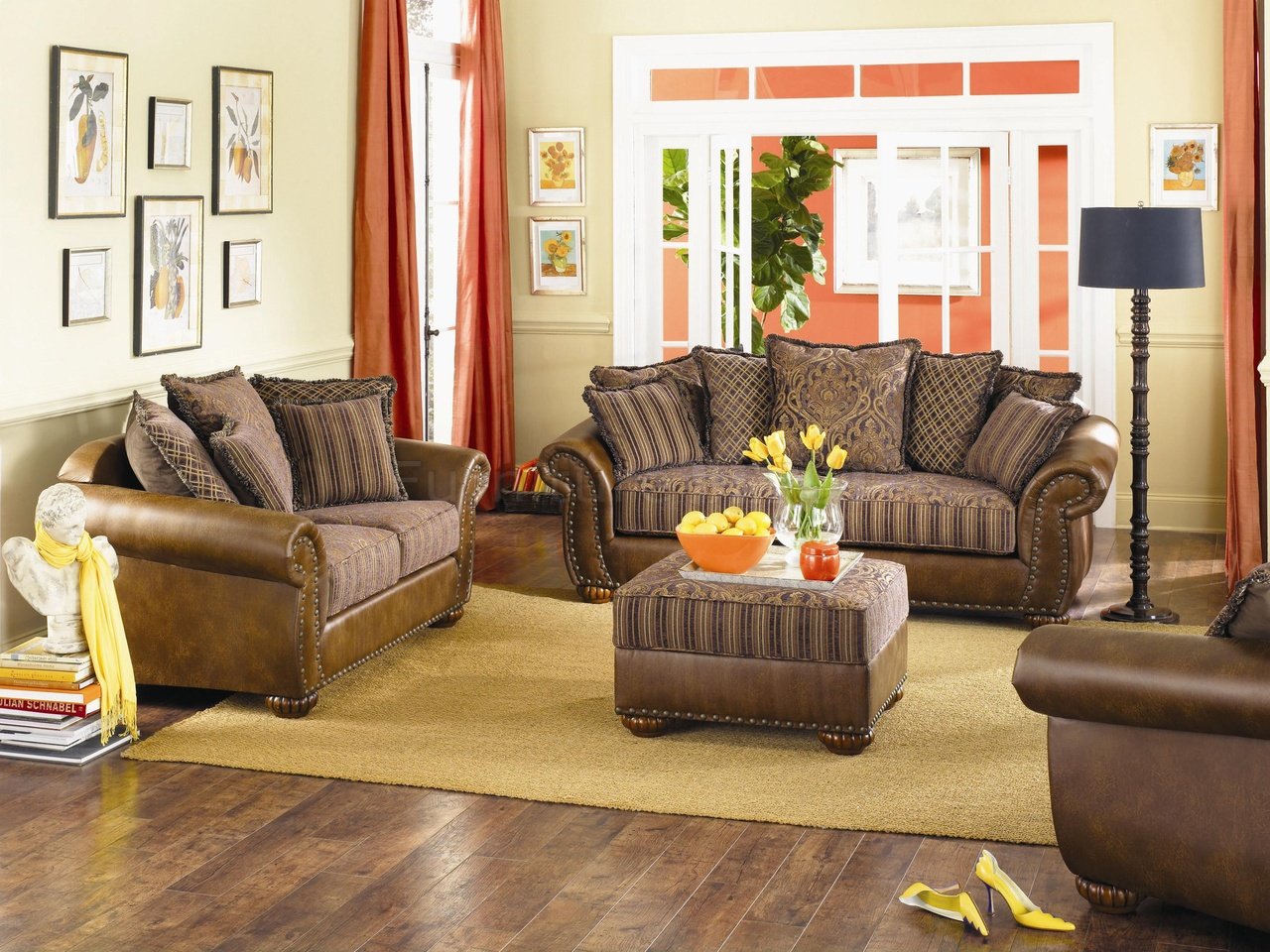



/orestudios_laurelhurst_tudor_03-1-652df94cec7445629a927eaf91991aad.jpg)




